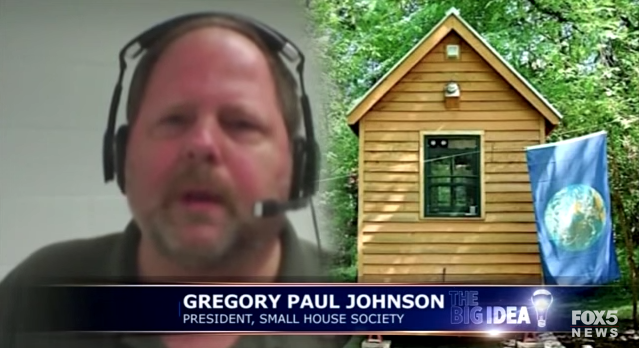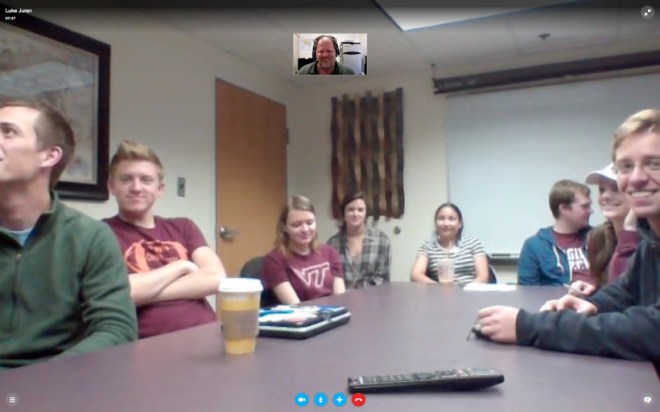3 Oct 2022
Greetings,
I hope you are doing well. In the past two years since my last email to you, a lot has been going on here at the Small House Society, and much growth in the global trend toward simpler smaller living.
My work, service, and commitment to the movement continues. I regularly respond to requests from small house builders and buyers, as well as members of the media and educators wanting to learn more.
There are several factors driving the upswell of interest in smaller more sustainable living.
- ENERGY — Electric cars, electric bicycles, solar power, and other innovations are expanding in availability. The green energy industry is struggling to find scalable practical solutions for supplying massive amounts of energy to millions of households with power-hungry appliances designed for unrestrained use of increasing kilowatts of power. As a result, small-scale solar power has prompted people to look for ways to consume less electricity. Smaller living is possibly the biggest and most overlooked part of the energy equation.
- NATURE — Extreme weather events have brought attention to the need for greater mobility and housing investments that can adapt to changing coastlines and landscapes. Evacuations due to wildfires, floods, and rising waters have resulted in many people seeking temporary or permanent simpler living solutions. Some people don’t have homes to return to, and it’s a turning point for them. Some communities and large land areas are experiencing water scarcity. This is another migration factor for many people having to relocate.
- REMOTE WORK — The remote work phenomenon began as a short-term accommodation, but became a win-win for employees and businesses. One of the greatest obstacles to small living is that small homes typically are not permitted in urban areas. In cities that do allow tiny homes, urban areas are usually already built-up with only a few areas suitable for urban infill. Most environmentally conscientious people who have an interest in tiny homes, do not want the negative impact of daily commuting. Having a workforce of millions who can work from anywhere makes it possible to keep your job and grow in your career from a solar powered off-grid cabin in the wilderness.
I’ve been studying these three areas of impact to examine how the small house movement is responding to demand, what can be done better, and how the Small House Society can serve everyone’s needs.
Behind the scenes, I continue to build up the infrastructure of the administrative and financial needs of the Small House Society. This year I’ve moved most of the operations devices, printing, and scanning to 100% solar power. Office paper is produced using solar and wind power from sawmill wood pulp waste.
Over the past 20 years, funding for the Small House Society is primarily provided from my own independent tech consulting and web services work, as well as a small number of generous supporters. [View Paying Members List] In recent years I’ve cut back on the annual fundraising reminders, but may return to having annual fundraisers for more public engagement. If you’re interested in contributing, that would be great. [Donate]
Whether you donate or not, I consider you an advocate and supporter. My primary reason for reaching out periodically to followers and supporters is to find out how the Small House Society can better serve you and the movement. If you have any suggestions or requests, let me know.
Regards,
Greg Johnson
Small House Society
Iowa City | USA




 Here’s the latest news from the Small House Society.
Here’s the latest news from the Small House Society.













